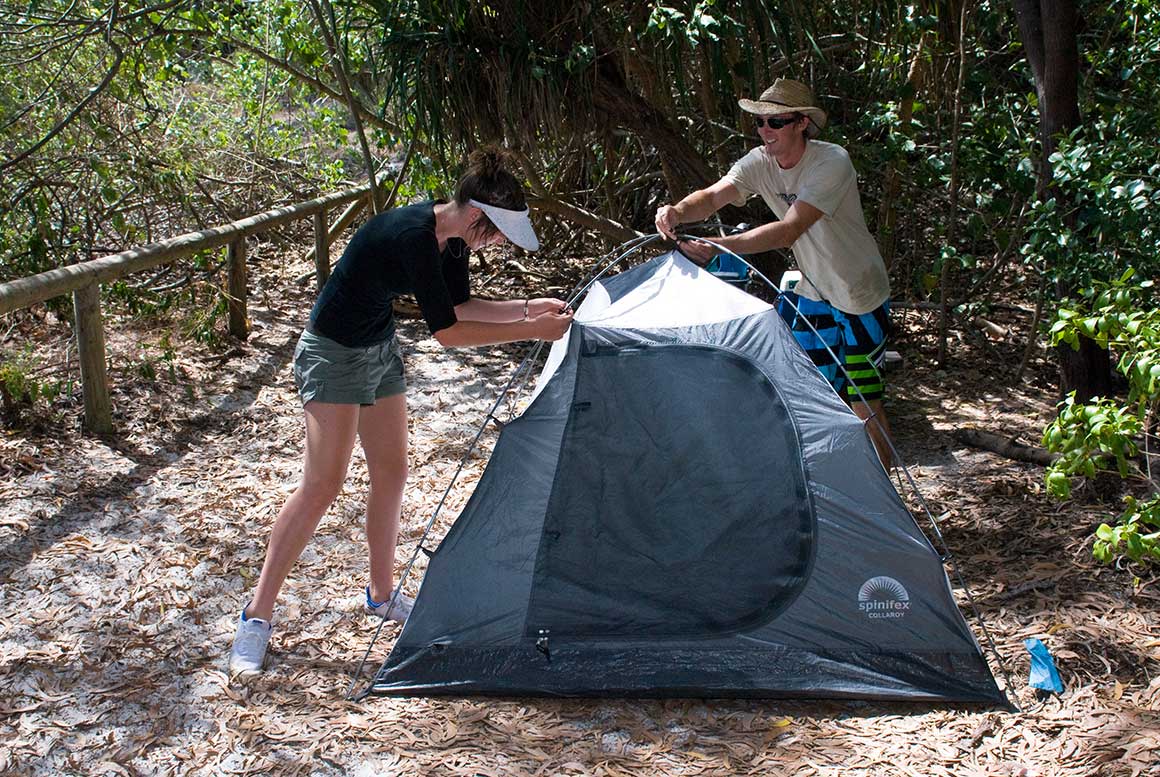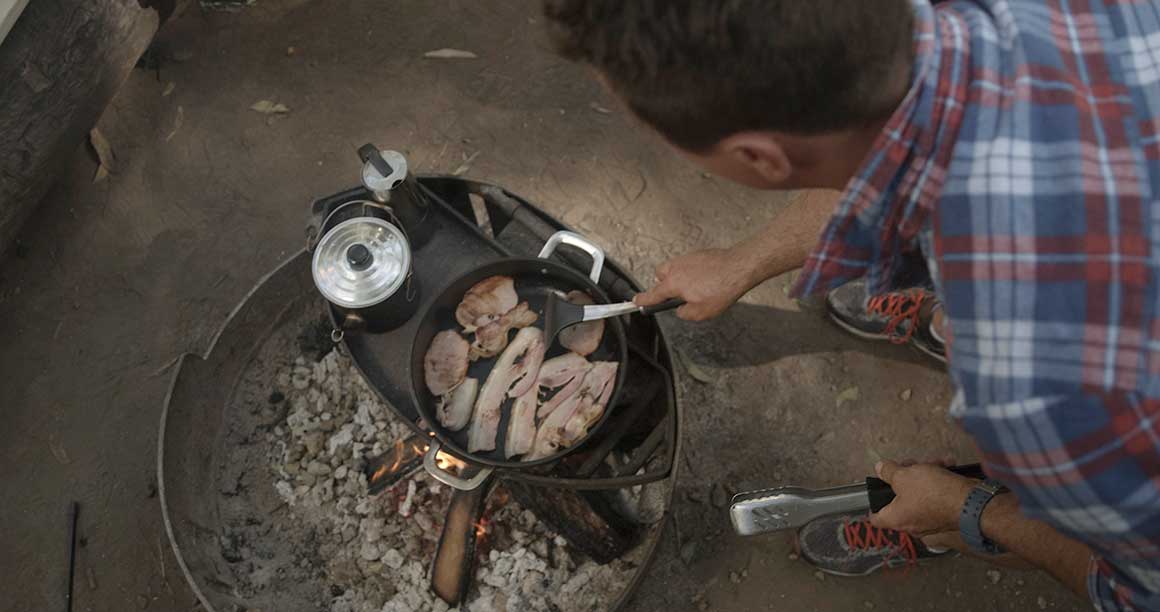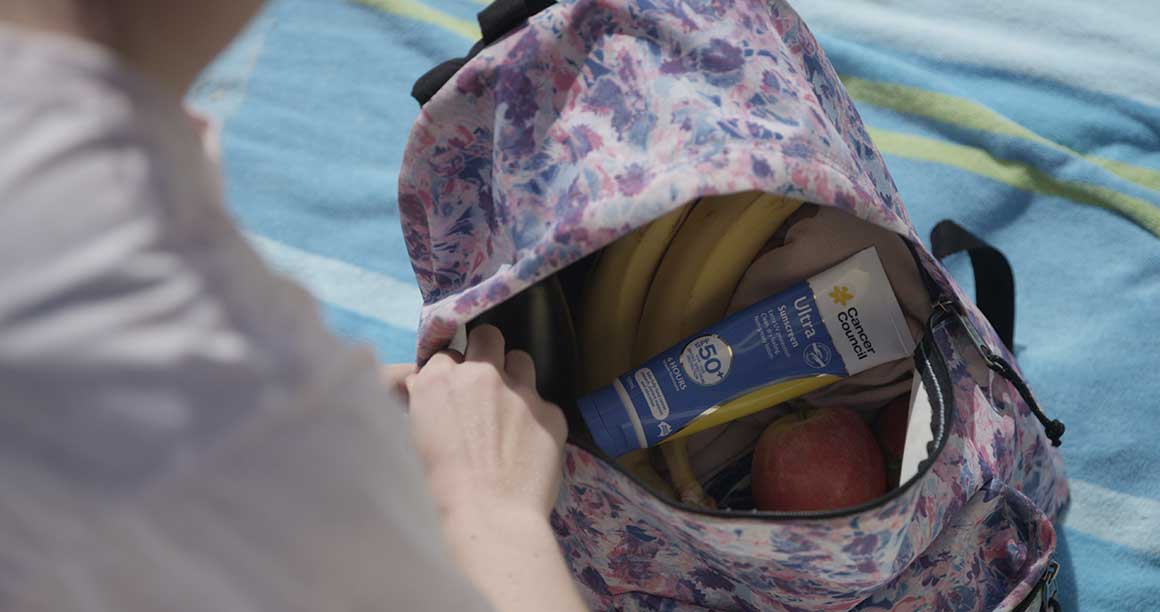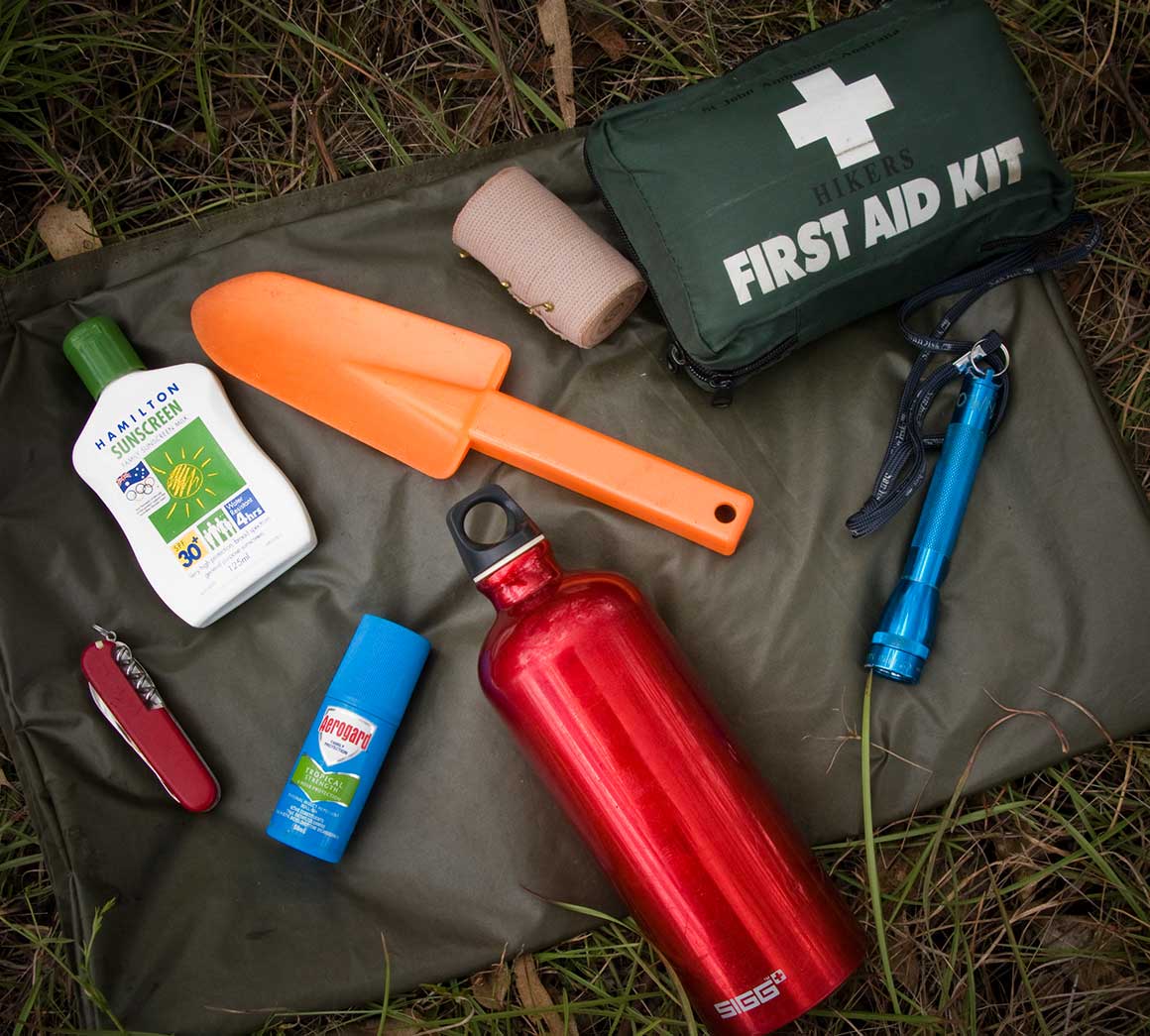- Categories:
Camping in one of Queensland's parks and forests—there is no better way to relax and get back to nature! You can escape to an island paradise, pitch a tent next to a rainforest stream or ‘chillax’ at the very top of Australia.
But nothing puts a dampener on your natural escape more than forgetting a key camping accessory. Don’t panic! We’ve prepared this 'you-beaut’, 'all you need to know' camping checklist to take away the hassle of planning, preparing and packing for your camping adventure!
Tip: Do a bit of research about the camping area before you go, so you know what facilities it has—barbecues, picnic tables and drinking water—and what you will need to take with you such as firewood (if the camp site allows open fires). This will help you put the final touches on your camping check list.
Let's get started.
Camp accommodation
 Whitsunday Islands National Park | Justin Heitman © Queensland Government
Whitsunday Islands National Park | Justin Heitman © Queensland GovernmentIt might be stating the obvious, but you’ll need something to sleep in, on or under! Most first-time campers start with a tent and waterproof fly.
Tip: If your tent is new or you haven’t used it for a while, it’s always a good idea to practise setting it up in your own backyard first—that way you’ll know you have everything you need.
A sleep mat (or airbed if you like your creature comforts) to sleep on, and pillow and bedding that suit the weather conditions are also ‘must haves’.
Your camping accommodation checklist:
- tent and waterproof fly
- poles, tent pegs and ropes
- sleep mat or airbed
- pillow and bedding (sleeping bags, sheets)
- tarp for additional shade
- extra tent poles, pegs, ropes and a mallet to secure the tarp
- comfy camp chairs because the logs and rocks become uncomfortable after a while
- fold-up table
- torch and/or camp light so you can find your way to the toilet at night and to see what you’re doing when preparing evening meals
- brush and pan because dirt or sand always manages to find its way into the tent.
Tip: For those who like to go to bed squeaky-clean, invest in a solar shower—they are inexpensive and the easiest way of avoiding those ‘refreshingly-cool’ showers!
Camp kitchen
 Camp fire cooking at D’Aguilar National Park | © Queensland Government
Camp fire cooking at D’Aguilar National Park | © Queensland GovernmentNow you’ve got the accommodation sorted you can turn your attention to the food because ‘hangry’ campers aren’t happy campers!
Even if the camp site has water on tap, we recommend you take plenty of your own so you won’t be caught out if the water tank is empty (and you won’t need to bother with treating water before drinking)! Make sure you allow enough water for drinking, preparing your food and cleaning the dishes, for your whole trip.
If you are travelling light then pack non-perishable food like soups, tuna, noodles—anything in a can or dried will do the trick! Nuts, biscuits, apples and oranges all make great snacks too. Going gourmet? Grab the esky (make sure it’s a good one and you have lots of ice) so you can throw a ‘snag’ on the barbie.
For many, a camping trip isn’t a camping trip if you can’t have an open fire, but they aren’t permitted in all areas, so make sure you check before travelling. If they are allowed, then you’ll need waterproof matches, clean-milled firewood (you can’t collect firewood inside the park) and a grill plate or a tripod to cook on (and don’t forget the marshmallows).
Tip: Preparing your food before you leave home makes camp cooking much easier. Freeze a container full of spaghetti bolognaise or a curry so you don’t have to spend hours on food preparation and cooking—'heat and eat' is the way to go when camping! If you’re camping with a group, set a roster for dinner so that you prepare a meal for everyone and then get meals in return.
Your camp kitchen checklist:
- water for drinking, cleaning and preparing food
- food that packs and stores easily
- esky
- ice—block ice is best (make your own by freezing water bottles or consider a small block of dry ice for longer camping trips)
- waterproof matches, clean milled firewood and a grill plate or tripod (if fires are allowed)
- cooking utensils (remember the can opener)
- bowls, plates, cups and cutlery
- wash-up bucket
- bucket for carrying water
- gas or liquid fuel stove (and plenty of fuel)
- pots and pans
- paper towel
- rubbish bags.
Personal items
 Personal day-pack | © Queensland Government
Personal day-pack | © Queensland GovernmentYou’ve got all your camping gear together now, but it’s important not to overlook all your personal ‘bits 'n bobs’. Pack clothing and shoes suitable for the weather, location and the activities you are going to do. It’s also handy to pack a waterproof jacket (even if there is no rain forecast)!
To avoid the ‘bities’, pack insect repellent (better safe than sorry) and, to avoid ending up like a lobster, remember your hat and sunscreen!
A camera and binoculars will help you get up close with the local wildlife and capture amazing memories to share.
Your personal items checklist:
- clothing and shoes
- raincoat or waterproof jacket
- insect repellent
- sunscreen and hat
- torch or headlamp
- camera and binoculars.
Camp safety
 Safety gear | Robert Ashdown © Queensland Government
Safety gear | Robert Ashdown © Queensland GovernmentYou’ll have some great experiences camping in Queensland’s parks and forests, and we want your camping adventure to be memorable for all of the right reasons. Make sure you:
- remember your personal medications
- pack a first-aid kit suitable for the great outdoors
- check park alerts, bushfire alerts, marine warnings, weather conditions and traffic information before setting out.
So pick your camp site by jumping online to search for camping areas near you. When you’re ready, book and pay for your camp site before you go. Then all that is left is to start packing!


